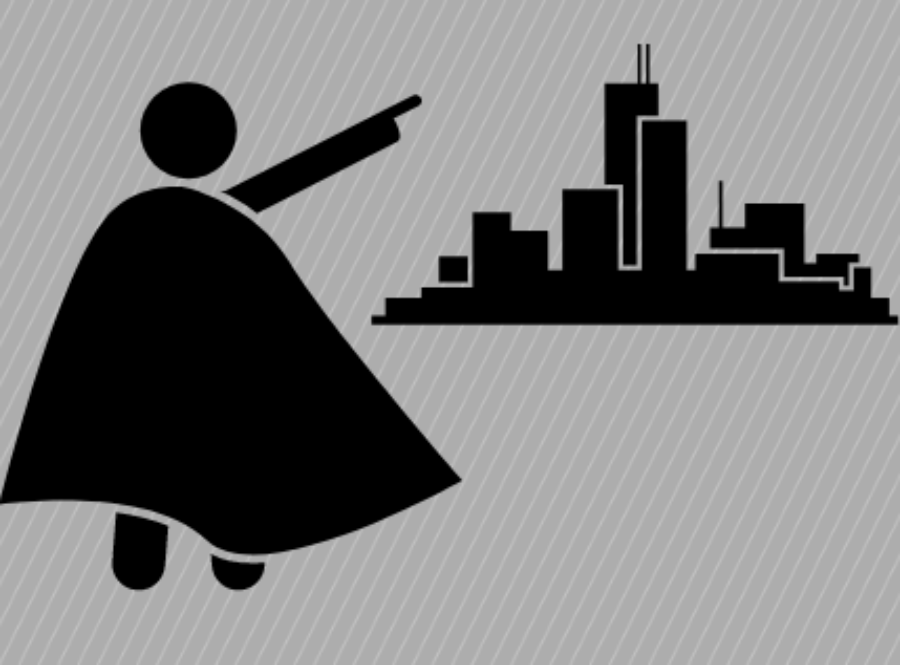
“Masked heroes,” “crime fighters” and “real life superheroes” are terms that have become synonymous with vigilantism in America, where “Batman” and “Spiderman” tropes have become a grim reality.
The issue of vigilantism in the United States was yet again brought to the forefront of the news cycle during the trial of Kyle Rittenhouse. Concerning the verdict of the trial, there seemed to be a common consensus among many that though it was unwanted, it was expected. The events leading up to the verdict of the Rittenhouse trial have long foreshadowed the evident reality: Vigilantism is embedded into the fabric of America.
Vigilante justice is a term used to describe the action of enforcing a law without having the legal authority to do so. Whether for the greater good or the detriment of society, the nation has seen countless examples throughout its history.
Primarily in the Deep South after the end of the American Civil War, unorganized lynch mobs targeted Black men and promoted white supremacy. Between 1882 and 1968, The Tuskegee Institute recorded the lynchings of 3,446 Black people and 1,297 White people.
One of the most notable instances of vigilante justice in America was the Black Panther of Self Defense, a group of African-Americans with a commitment to the protection of Black Americans from police brutality. The Black nationalist party was active in the United States between 1966 and 1982.
But recently, the United States has seen a resurgence of decades-old vigilantism.
On the night of Aug. 25, 2020, then 17-year-old Rittenhouse shot and killed two men and injured a third in Kenosha, Wis. at a protest for the shooting of Jacob Blake. Rittenhouse had armed himself with an AR-15 style assault rifle to, in his view, help maintain law and order across state lines. Although the outcome of the trial remains controversial, one thing can be agreed upon: In the eyes of the right, Rittenhouse inevitably emerged as a hero for acting as a vigilante.
The shooting and killing of Ahmaud Arbery is another recent instance of vigilantism. Arbery was chased down and shot while jogging by three white men— Gregory McMichael, his son Travis McMichael and William “Roddie” Bryan Jr.— who all supposedly believed that Arbery was a suspect in a series of “break-ins” in the area.
Both trials involved the loss of life caused by the actions of armed men who claimed self-defense in a dangerous situation. But the real problem is both cases involved men who acted as amateur law enforcement officers – and adopted some of the worst police behaviors while doing so.
Over the course of many years, the country has seen a steady rise in citizens attempting to “take the law into their own hands.” Rittenhouse and the men charged with Arbery’s murder are simply new data points in a cyclical pattern.
Junior Sumika Thapa has noticed the pattern of violence against Black people in America. “It’s unfortunate that history keeps repeating itself. The events that unfolded in Wisconsin and Georgia were just a few of many instances of vigilantism spiraling out of control in America,” she said.
The United States’ current self-defense laws work in favor of vigilante justice. The controversial “stand your ground” bill removes the obligation to retreat before deadly force can be used. These laws, enacted by over half the states in the country, have shifted in favor of self-defense as opposed to retreating from an escalating confrontation. The state of Wisconsin does not even have a full-fledged “stand your ground” law, but the state’s open-carry law arguably adds enough fuel to the fire.
The status of gun laws in this country, where open-carry is legal to some degree in the majority of states, has given rise to a vigilante culture that is too far out of the government’s hands.








